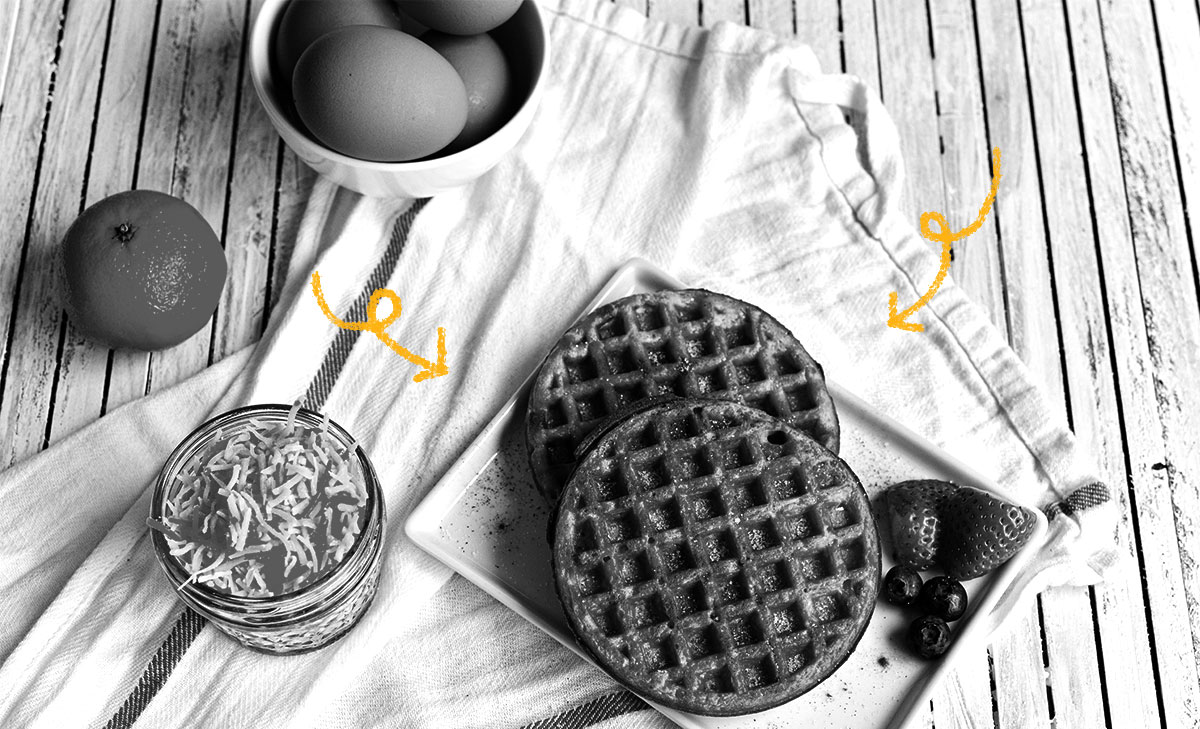In honor of National Waffle Day, we are looking into the history behind this beloved food. Waffles can be traced back to ancient Greece’s obelios, which were flat cakes roasted between two metal plates attached to a long wooden handle. In Medieval Europe, the Church made oublies; these wafters often depicted a biblical scene or symbol. Artisans then began to liven up the batter with spices brought back from the Crusades. Cream, honey, butter, and leavening agents also made their way into the wafer batter. Eventually the wafter became the wafel. Dutch wafelers began using rectangular plates instead of circular plates, creating an early version of the iconic grid pattern. In the 18th century, the English added a second “f” to the name, creating the word we know today: waffles. (Interestingly, the addition can be traced to Robert Smith’s 1725 cookbook, Court Cookery.) Each European country developed their own waffle recipe, but none of the recipes paired waffles with maple syrup. That iconic pairing didn’t take place until the Dutch brought waffles to America, where maple syrup was cheaper than granulated sugar. However, waffles didn’t gain mass popularity in America until they became easier to make. The first stovetop waffle iron debuted in 1869 and General Electric’s electric waffle iron came out in 1918. Continuing the craze, frozen Eggo waffles came out in the 1950s, while Belgian waffles were introduced to America in the 1960s. Despite their differences, both varieties quickly gained popularity. Today, Americans enjoy eating frozen waffles, homemade waffles, and even fancy artisanal waffles made at restaurants, so it’s safe to say that our national love of waffles isn’t going anywhere!

Your go-to guide for weird history facts
Subscribe to the FREE daily email that makes learning about history fun.


